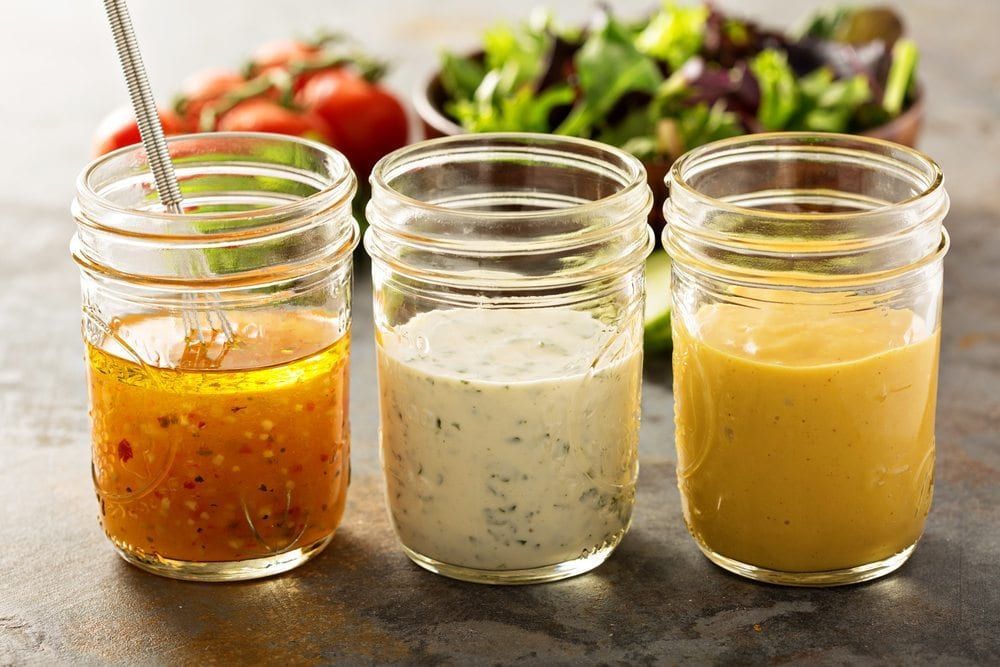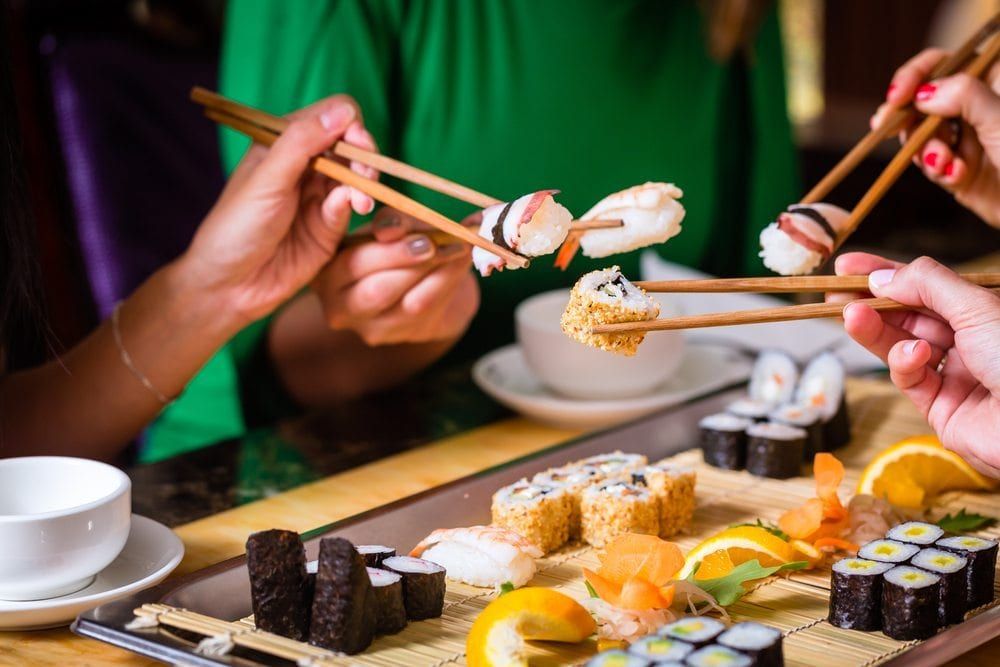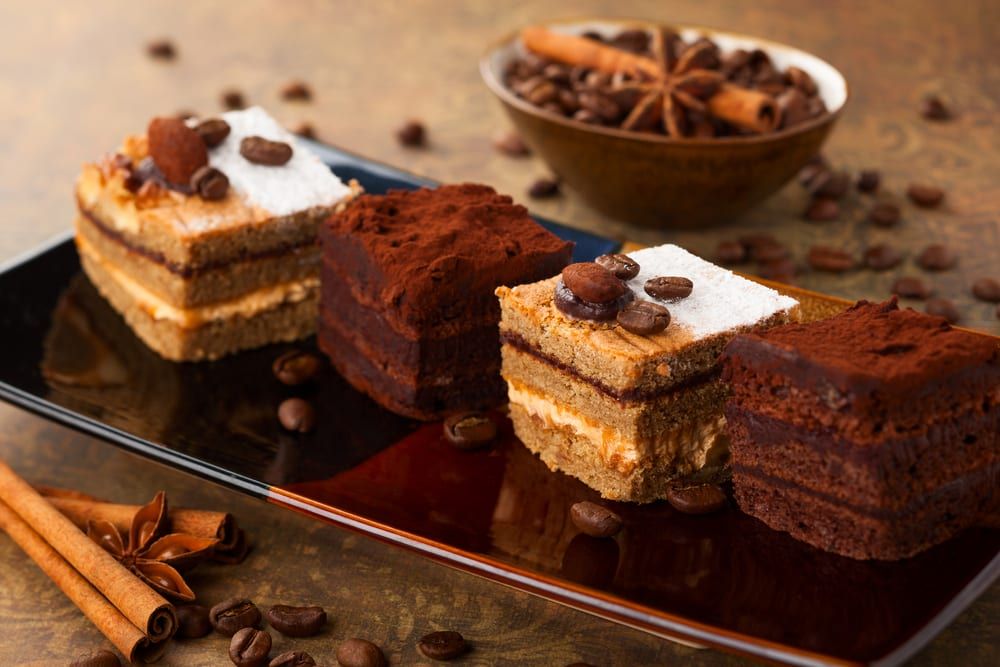It takes constant vigilance to understand which foods are safe for Celiac disease or a gluten intolerance. And, when cooking or ordering catered gluten-free meals, the list of foods to avoid may seem daunting. Gluten can sometimes pop up in unexpected places. To help navigate, here are 15 unexpected foods to avoid on a gluten-free diet.
Pantry Items

Gluten sneaks into food items by way of bulking and thickening agents. That means your office pantry-items list is the first place to look for foods to avoid on a gluten-free diet. There may be “certified gluten-free” versions of many common pantry items. But, it’s safer to assume these items contain gluten than take that risk.
- Soy Sauce: Soy sauce is made from steamed and fermented soybeans, aged with wheat berries for aroma and sweetness. As a substitution, look for wheat-free soy sauce called tamari.
- Salad Dressings: Dressings often contain “modified food starch” to bind ingredients together and keep them creamy. Those starches are made from corn, potatoes, or wheat. For example, balsamic vinegar gets its caramel color from barley malt. And if a dressing uses malt vinegar itself, gluten is in the barley that makes the malt.
- Ground Spice Mixes: Gluten hides as an anti-caking agent in curry, cajun, and berbere blends that mix many spices together. These extend shelf life and prevent sticking. But it also means they are not part of a gluten-free diet.
- Pickles: Vegetables are gluten-free. But your pickles may need confirmation. Pickles brined in white vinegar are safe. But those brined in malt vinegar are not gluten-free, thanks to the barley in the malt.
- Instant Coffee: Instant coffee often contains gluten as a bulking agent. Powdered milk added to coffee mixes often contains wheat for bulking and anti-caking, too.
Main Course Foods

Every ingredient needs attention in your main course foods for a gluten-free diet. Here are some common ones to look out for.
- Soups, Stews, and Sauces: Soups, stews, and sauces are made with a butter-flour combination called a roux. This wheat-based thickener coats your vegetables and protein to make everything smooth and delicious. But it also adds gluten.
- Oats: Oats are gluten-free to start. But they’re contaminated if grown alongside wheat. To keep your breakfast bar safe for all, look for oats with a “certified gluten-free” label.
- Deli Meats: Ready-to-cook meats, hot dogs, and meatballs may contain those unsafe sauces or breadcrumbs. And cured meats can be brined in malt vinegar.
- Eggs: Of course, eggs are gluten-free. But before you order your next breakfast buffet, ask how they’re made. Some caterers use pancake batter in omelets and eggs, and that adds gluten.
- Potato Chips and French Fries: Basic chips and fries are made from potatoes, oil, and salt. But anti-caking agents and flavorings can add gluten ingredients.
- Vegan Meat Replacements: Seitan is called “wheat-meat” or “braised gluten” as it’s made from wheat, barley, and rye. Tempeh is a compressed soybean patty often flavored with soy sauce made with wheat ingredients. They are both great for vegetarians and vegans, but bad for a gluten-free diet.
- Sushi: The rice in sushi is gluten free. But imitation crab meat found in various rolls contains several kinds of seafood bound together with starches and flour. So consider bulking up on the sashimi.
Desserts

Look out for gluten in some of these sweet treats, as well.
- Cocoa Mix: Like instant coffee, cocoa mix often hides flour. Dark cocoa powder should be safe.
- Ice Cream: Some ice cream brands use wheat starch for texture consistency, barley malt for flavor, and gluten-based artificial colors. On a sundae bar, cookies, sprinkles, candies, and cake batter will also add gluten.
- Chocolate: Cocoa beans are gluten-free. Crispy bits, caramel coloring, and other things often added to chocolate bars are not. Cocoa beans can be processed on shared equipment, making some brands questionable.
Looking for gluten-free catering for your next office meeting?








